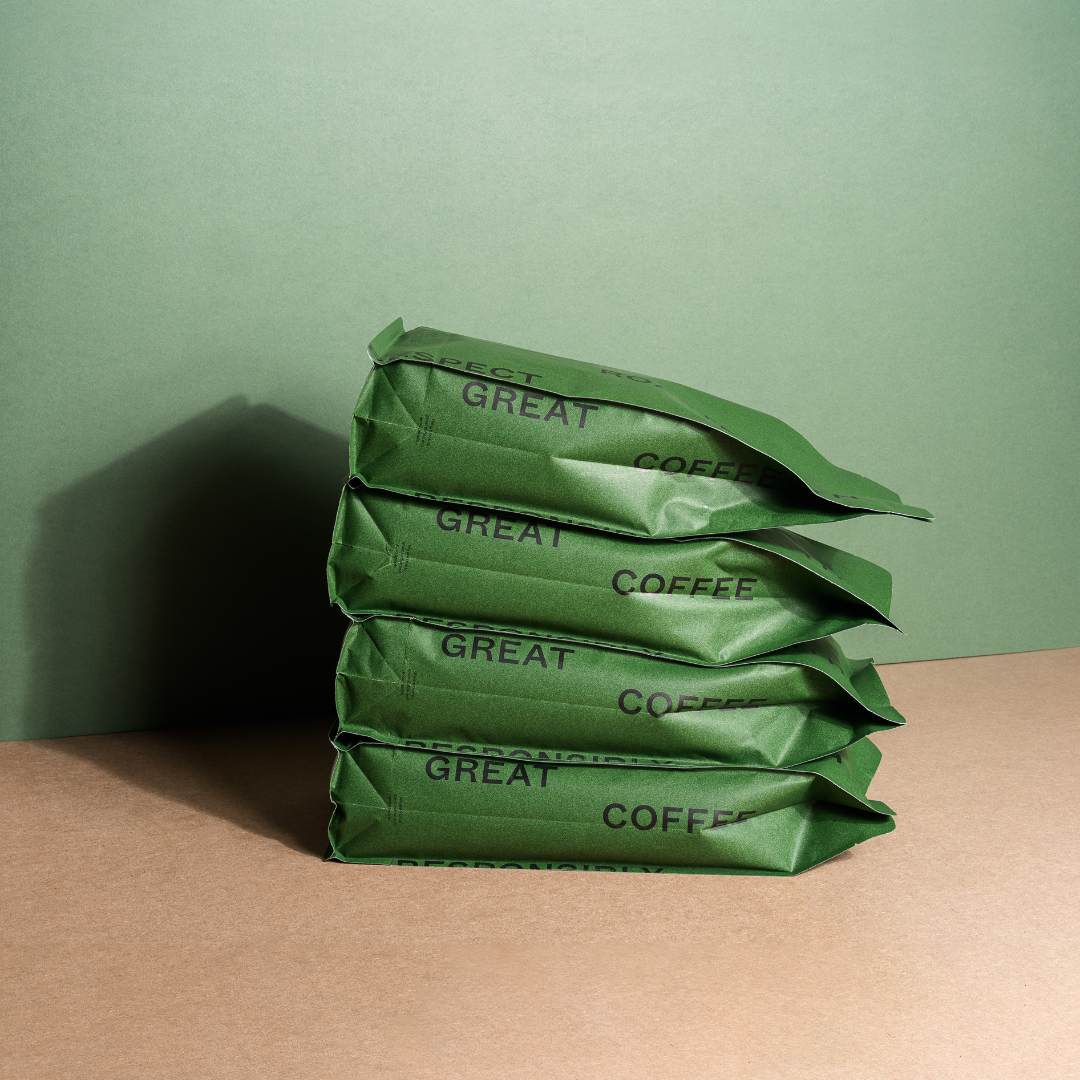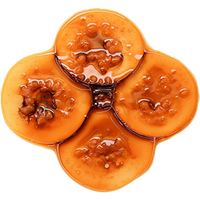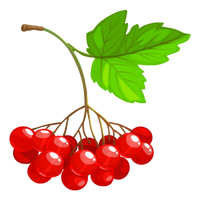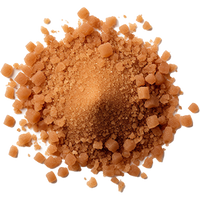Your cart is empty
UnCommon Coffee
Huai Chomphu, Thailand

Huai Chomphu is in the Chiang Rai region of northern Thailand, home to around 500 smallholder families, each producing about 1-2 tons of coffee annually. The name "Huai Chomphu," or "Pink Valley," comes from the cherry blossoms that bloom in December and January, painting the landscape in soft hues and marking a special time for farmers, as it coincides with the coffee harvest.
All the farmers here belong to the Akha Hilltribe, an indigenous group originally from southern China. The Akha people have long relied on agriculture to sustain their communities, traditionally cultivating crops like rice, maize, and tea. In recent decades, coffee has become an important addition to their livelihoods, helping them transition from subsistence farming to a more market-driven economy.
Known for their rich cultural heritage, the Akha people maintain a deep connection to the land, and with access to new information and resources, they are now creating a name for specialty coffee.
One of these farmers is 35-year-old Stidkhun Wuiyaku, who partnered with Beanspire to bring this unique coffee to life. The process starts with a careful selection of cherries, using water to float and remove any defects. The cherries are then spread on raised beds to dry before undergoing anaerobic fermentation in double-layered plastic bags. This process takes about six days, with the bags being turned periodically to ensure even fermentation. After this, the cherries are pulped and dried as honey-processed coffee for 25 days on raised beds. Honey-processed coffees can be distinguished by colour, and in the case of a ‘black honey,’ this lot has had most of its fruit mucilage intact during drying, yielding a darker hue.


The varietals grown in Huai Chomphu are as interesting as the process. A mix of Typica, Catuai, Chiang Mai, and SJ133 varietals are cultivated here. Chiang Mai, a hybrid of SL28, Caturra, and Híbrido de Timor, was developed as part of a royal initiative aimed at replacing opium cultivation in the north. This rust-resistant cultivar, similar to the Colombia and Castillo varietals, combines the hardiness of Catimor with the cup quality of SL28, a variety celebrated in Kenya.
SJ133, also known as San Jose 133, shares its genetic profile with Costa Rica 95. It was introduced to Thailand by Nestlé in the late 1980s and has since become a staple in the region’s coffee production. This combination of varietals and the unique processing methods gives the coffee from Huai Chomphu its distinctive flavour—one that carries the legacy of the land and its people.








